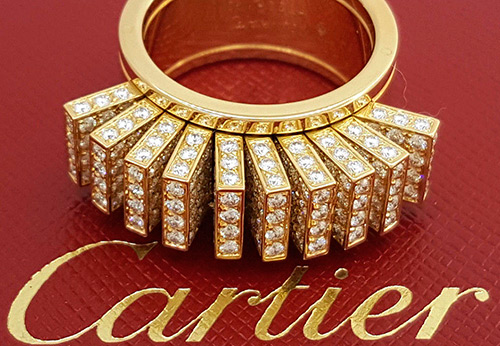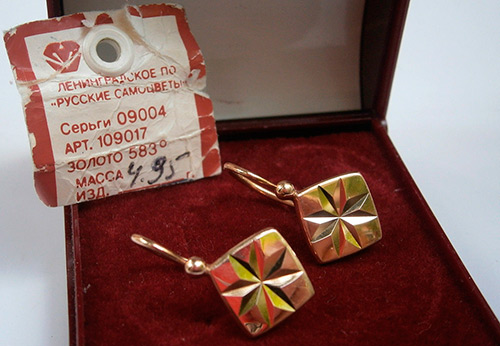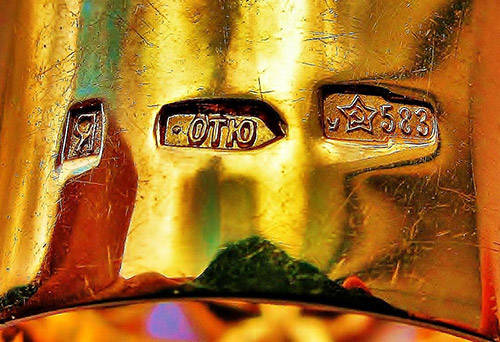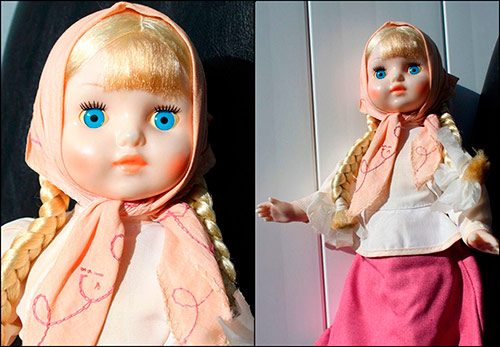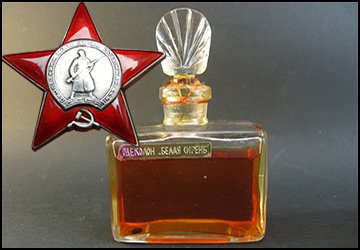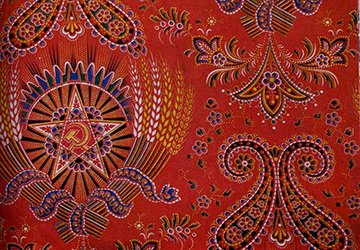Jewelry
Platinum jewelry and coins of the USSR and Russia
Now platinum is 2 times cheaper than gold, but this was not always the case, for a long time it held the lead among the main precious metals. In the future, platinum may regain its leading position again, as it is more difficult to mine and process. So now is the time to consider buying platinum jewelry or investing in bullion. Today we will remember history of precious metal in Russia and the USSR.
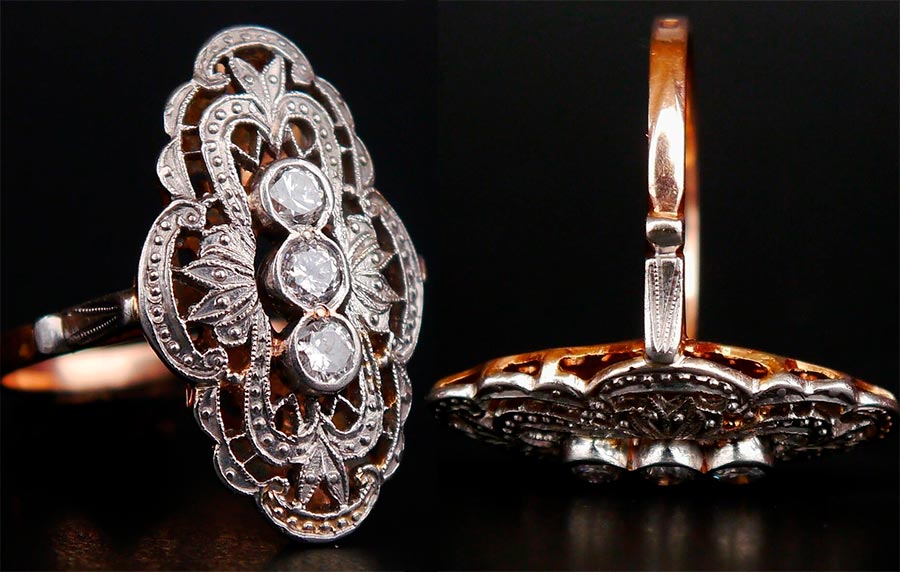
Russian and Soviet platinum
There are several deposits in Russia, some were developed during the time of Tsarist Russia. Even then, people appreciated this metal. Only processing platinum in those days was difficult, because it has a much higher melting point. Despite this, the Russian Empire minted platinum coins in denominations of 3, 6 and 12 rubles. Today, such coins are very rare.
For example, a 12 ruble coin in value can be comparable to the price of a one-room apartment somewhere in Rostov-on-Don. On the coins they wrote "in silver", which can confuse the layman. This was used by cunning collectors during the Soviet era to cheat during the purchase. In reality, the coin weighs over 40 grams and is made of platinum.
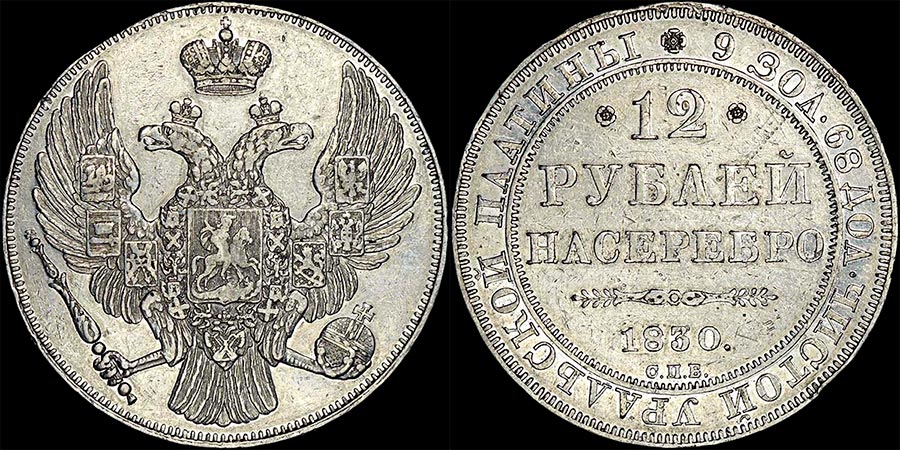
Platinum jewelry has always been less common and often has a minimalist design. More often, platinum was used as a companion metal along with gold. She served as an addition to and decorated the places for attaching diamonds or individual elements of the product. A fully platinum ring or chain looks like silver or steel in general, while making the product is much more difficult and expensive.
During the Soviet era, technology has advanced significantly. Platinum was used to decorate orders. Everyone remembers the Order of Lenin, it is made of gold and platinum. The order symbolized the highest award, it was awarded for military and labor exploits, and whole work teams and organizations were also awarded. For the entire time of the USSR, almost half a million orders were created, but much less have survived to our time.
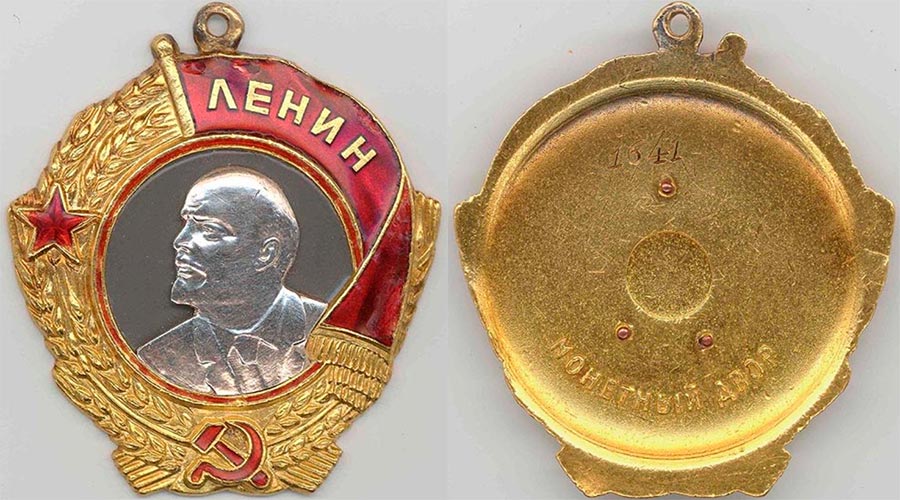
What they did with the Orders of Lenin in the 1990s
During the Soviet era, the Order of Lenin was of great importance, it was cherished like a shrine. No one could even imagine what awaits the award at the end of the 20th century. The 1990s brought about a lightning-fast reassessment of values. All the ideals of Soviet society were erased, and the symbols were sold and torn apart. The Order of Lenin was sold to collectors and gold buyers. The collection value was represented only by rare early types, and ordinary orders on the last were valued simply by the value of the metal. In those days, a buyer could have a dozen orders in a necklace.
The Gypsies also bought up the orders, they were actively involved in the gold trade. Gypsies bought and sold scrap gold and products in kilograms. They were afraid to keep only the Order of Lenin, because the purchase and sale of awards was prohibited.
In reality, there was no responsibility for the purchase of the Order of Lenin. Even if 50 orders were found, there was no need to be afraid of criminal liability. It all boiled down to the fact that law enforcement officers simply took away the awards, and then themselves sold them through their distribution channels.
Therefore, the gypsies sought to quickly put the orders into the expense. Gold was melted down and poor coins were made - various ducats. The remake coins did not represent collection value, they were valued at the price of simple scrap, but they could be stored freely, because the coins do not violate the law.
The platinum head was a problem for the gypsies, not all of them could guess who to sell platinum to. As a result, many gypsies simply threw platinum linings into the toilet cesspool.
Such a barbaric attitude towards platinum was found not only among the buyers. In Soviet times, platinum was used in factories.This metal has unique properties, so platinum turned out to be indispensable in some processes at that time. Soviet people had different levels of honesty and conscientiousness. Then there was even such a phenomenon, called bogies. People dragged from the factories, everything they could take away, and then they figured out how to use it on the farm.
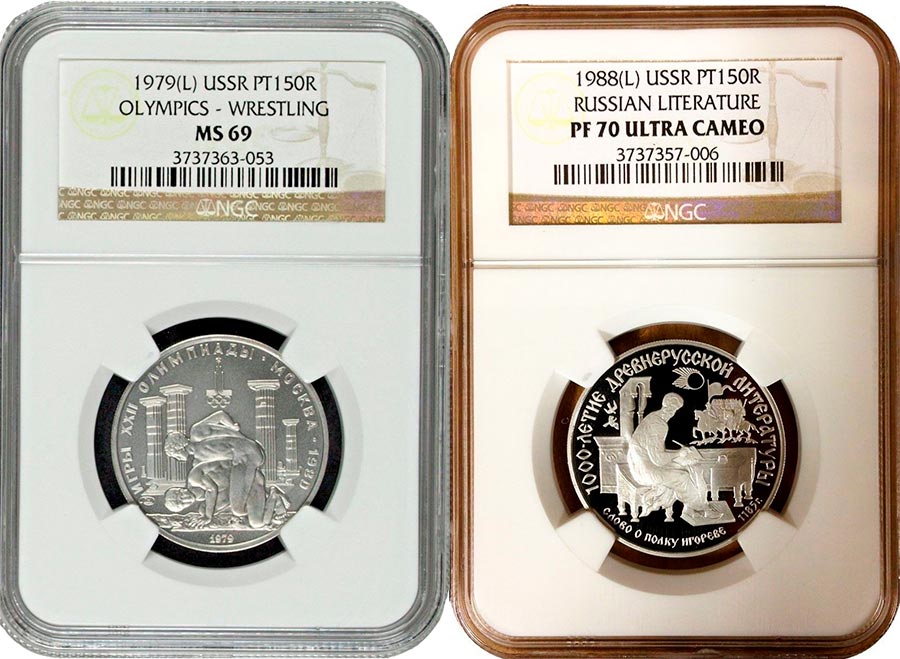
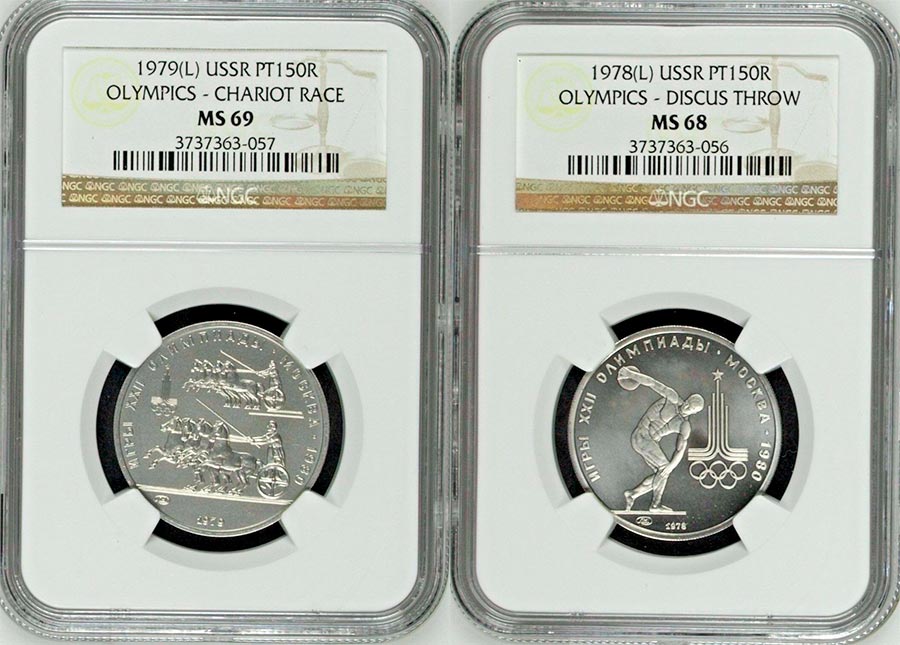
Some stole the precious metal, but not everyone understood what it was. There was one case when a plant employee took out platinum, thinking that it was some kind of stainless steel. This worker thought of making a small decorative fence around the flower bed in his country house. Then he was caught and punished to the fullest extent, and the metal was confiscated. There were a lot of similar stories in stupidity during the Soviet era.
Today, platinum is used to make jewelry, including diamonds. Some jewelers create real masterpieces. You can also buy platinum bars or invest in metal accounts. It is difficult to predict what the future holds for this metal, whether it will rise or remain at a minimum.
There is not so much platinum in the world, it has value for science and high technology. We have the Konder mountain range in Russia, this place is considered the largest field in the world. The Konder mountain range is considered sacred and extraordinarily beautiful. The ridge forms an almost perfect ring. Conder is the only place in the world where mountains are lined up in a ring.



- Platinum is one of the most inert metals. It is insoluble in acids and alkalis, with the exception of aqua regia.
- Platinum is a rare noble metal. It should be more expensive than gold, because mining requires a lot more resources.
- It is much less common than gold.
- Almost 2.5 times stronger than gold.
- Platinum is a powerful antioxidant, which is why it is successfully used in cosmetology.
- The main physical properties of platinum, namely high density, endow jewelry made from it with significant durability in comparison with items made of gold and silver. Therefore, it is platinum that is best suited for setting diamonds. Due to its natural strength, the stones are tightly fixed in the product.
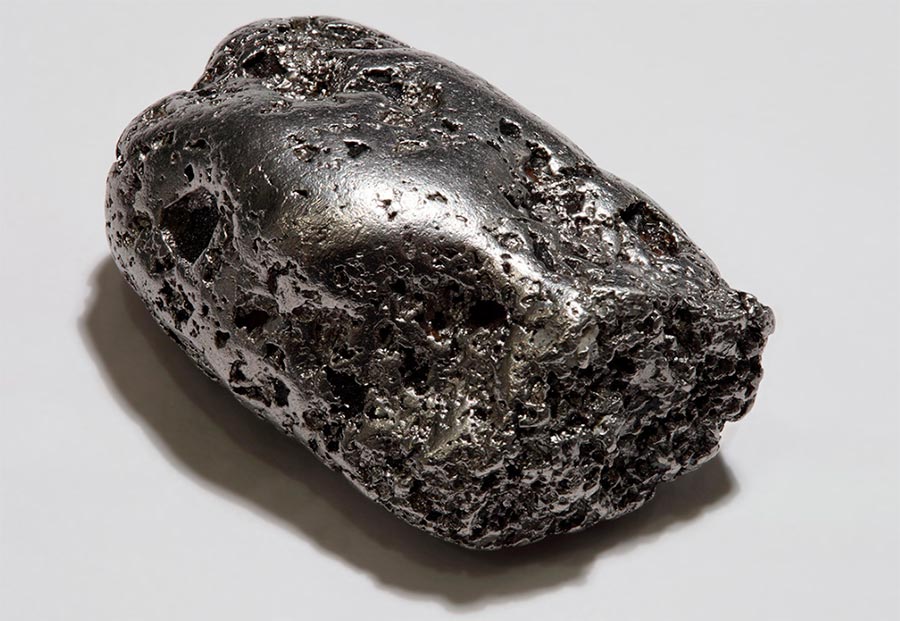
Jewelry samples
Platinum jewelery is most often in the 950 fineness, with this fineness the jewelery sparkles and is not subject to change at all. There is also an 850 standard, and there are also other alloys with gold, where platinum is in a small content.
When a product contains two metals - primary and secondary, in the form of overlays and decorative elements, two samples are applied. Gold like 583 or 750 and platinum 950.
Author Ulyana Dashkova
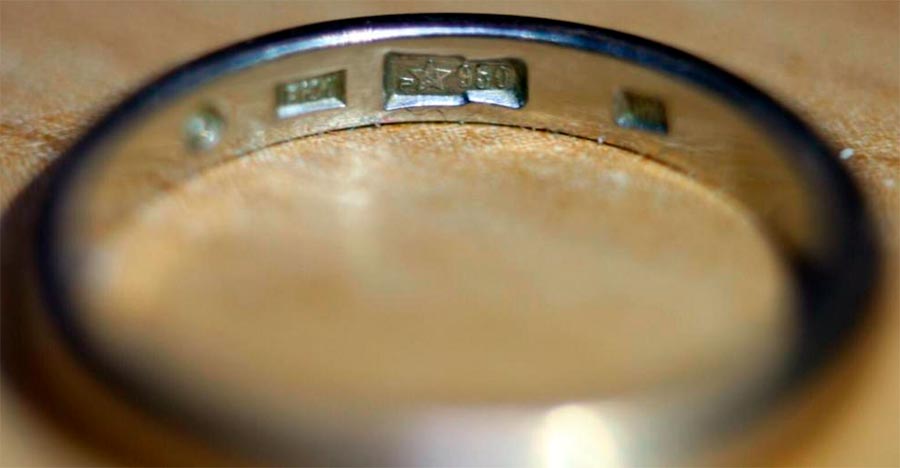
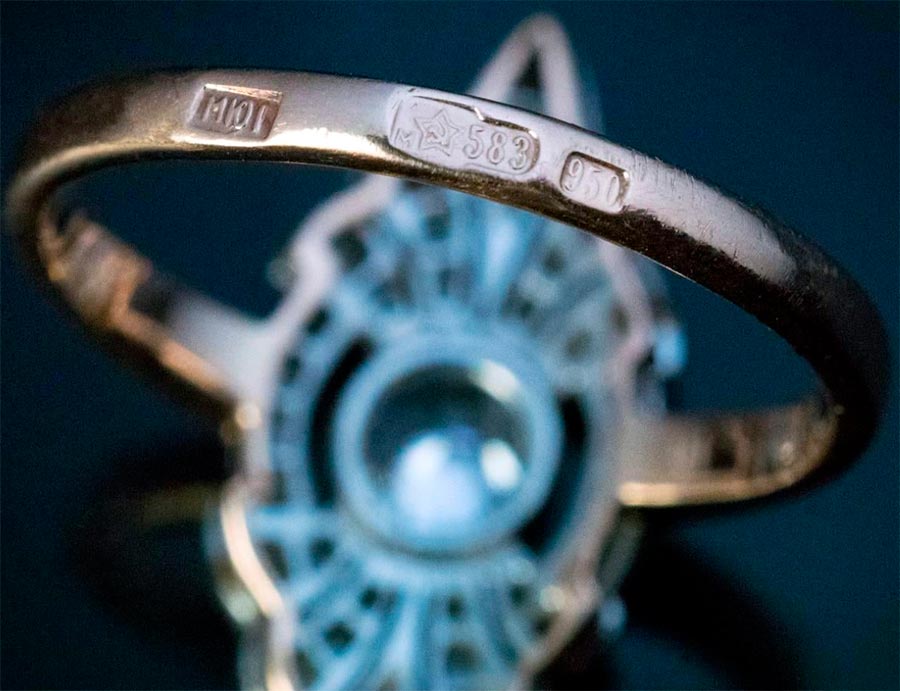
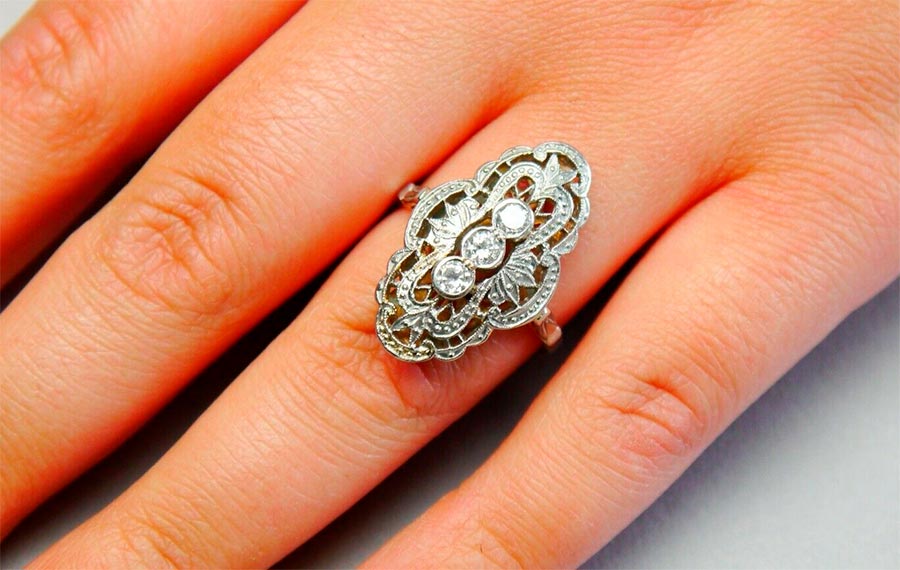
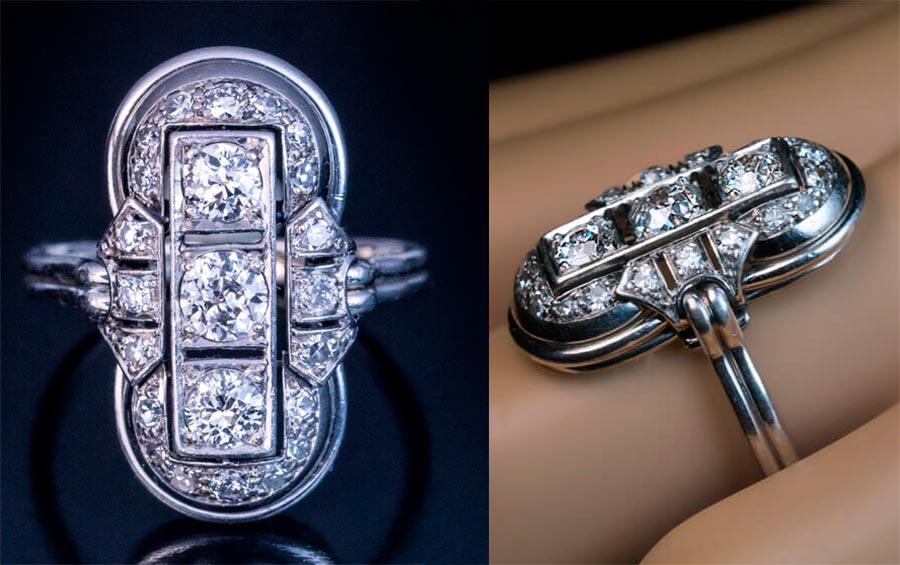
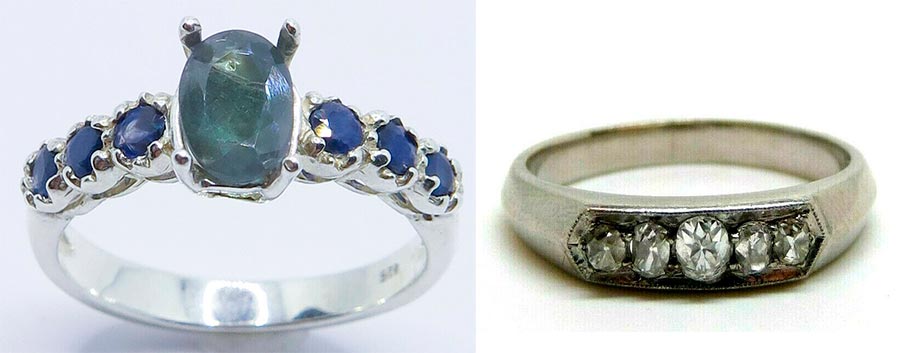
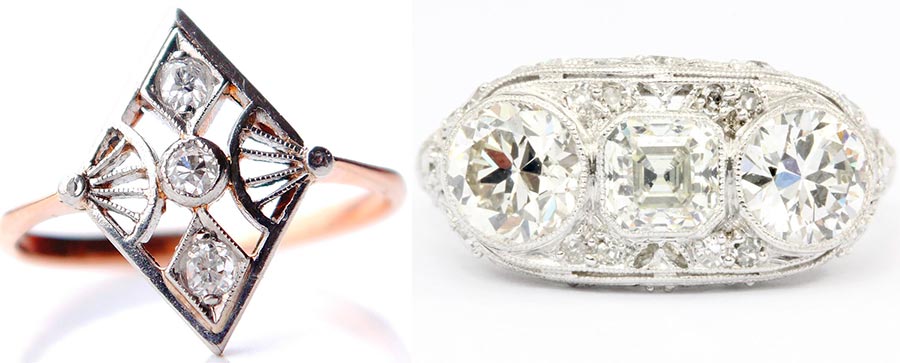

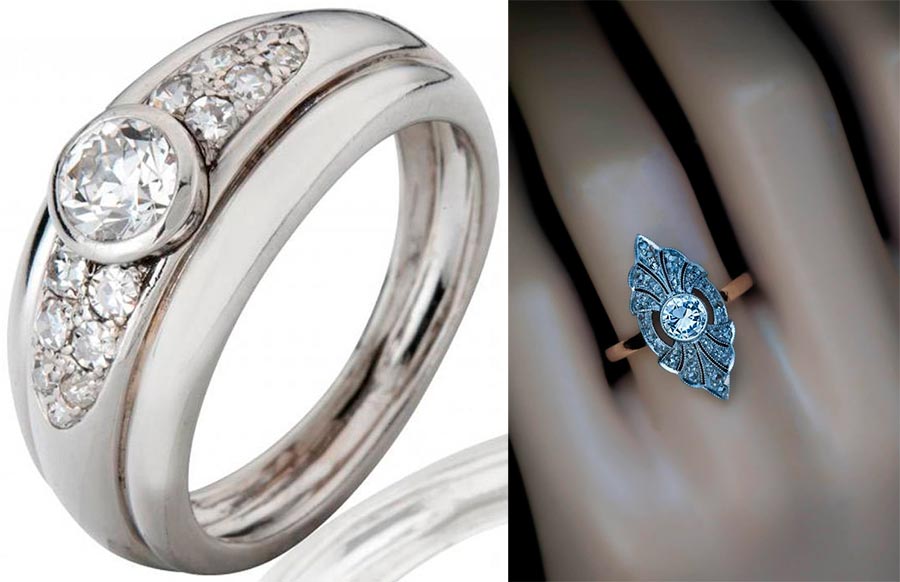
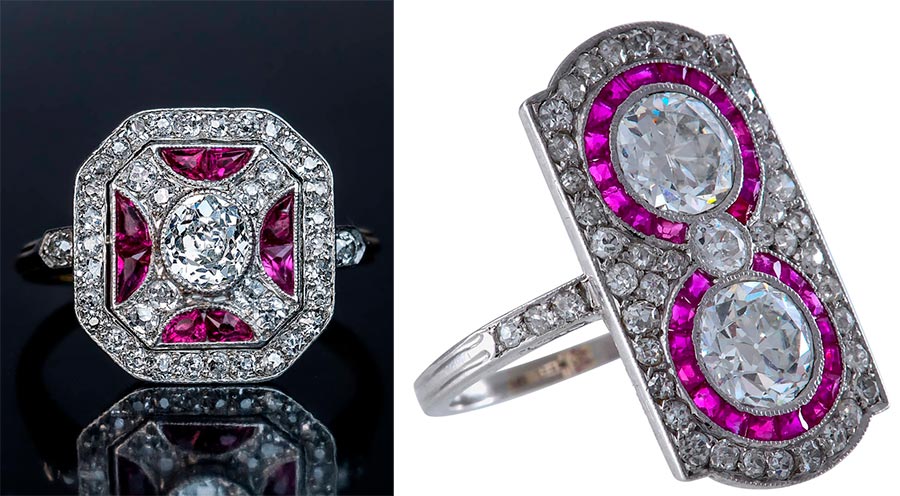
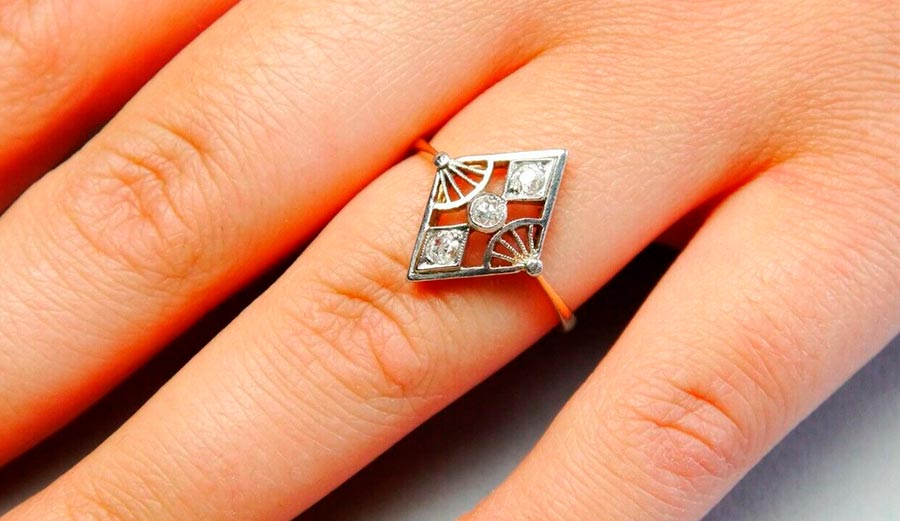
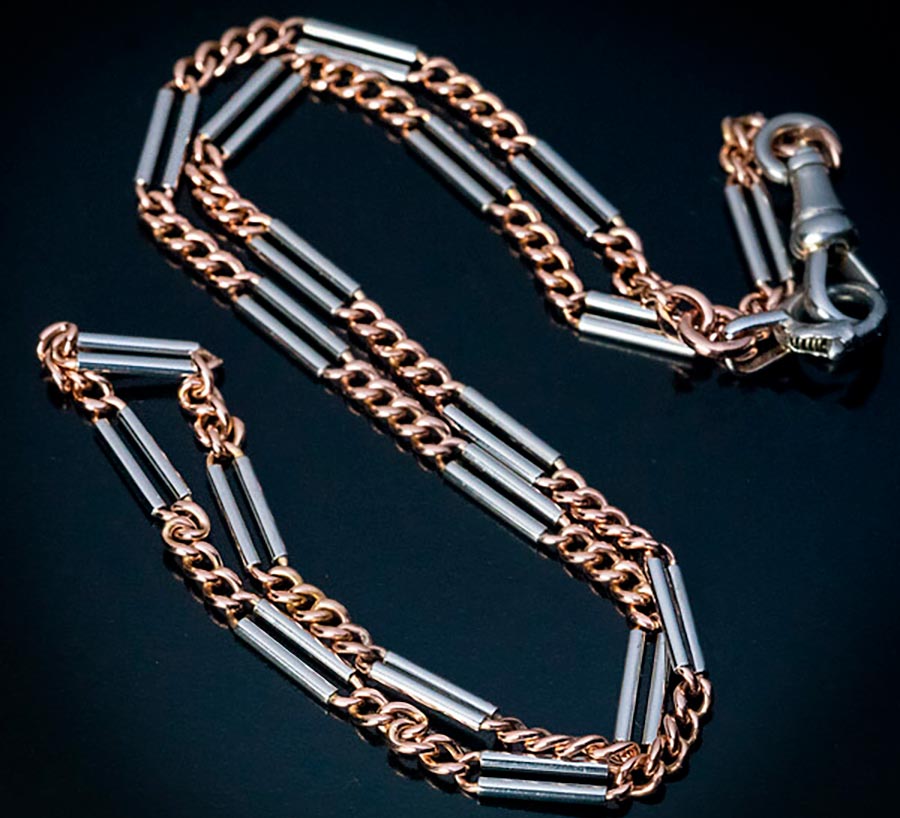
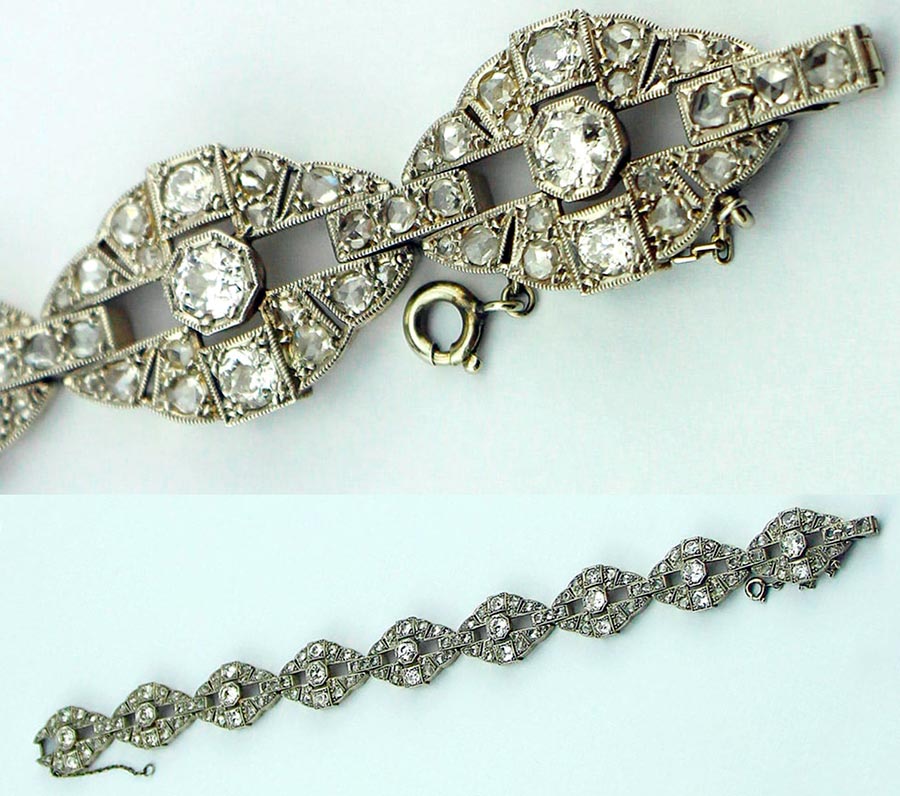
Comments and Reviews
Add a comment
Rating news
Shades of clothing that make women look younger
What shades of hair make women younger: rules and photos
Funny wedding dresses - photos and ideas
12 most expensive down jackets for the winter
How to look 25 at 40: tips from supermodels
Beautiful schoolgirls
Anti-aging haircuts and hairstyles for women
Fashionable skirts for autumn and winter
Fashionable women's trousers for the cold season
Fashionable and stylish sandals for summer 2024
Spring-summer 2024
 Fashionable dresses and tops with thin spaghetti straps
Fashionable dresses and tops with thin spaghetti straps
 Bandana tops: how to wear stylishly and beautifully
Bandana tops: how to wear stylishly and beautifully
 How to put together the perfect men's wardrobe for the summer
How to put together the perfect men's wardrobe for the summer
 Fashionable shorts for spring-summer 2024
Fashionable shorts for spring-summer 2024
 Fashionable skirts for spring-summer 2024: a guide to online shopping
Fashionable skirts for spring-summer 2024: a guide to online shopping
 The most fashionable dresses spring-summer 2024: styles and colors
The most fashionable dresses spring-summer 2024: styles and colors
 Fashionable total look 2024: ideas of images and trends
Fashionable total look 2024: ideas of images and trends
